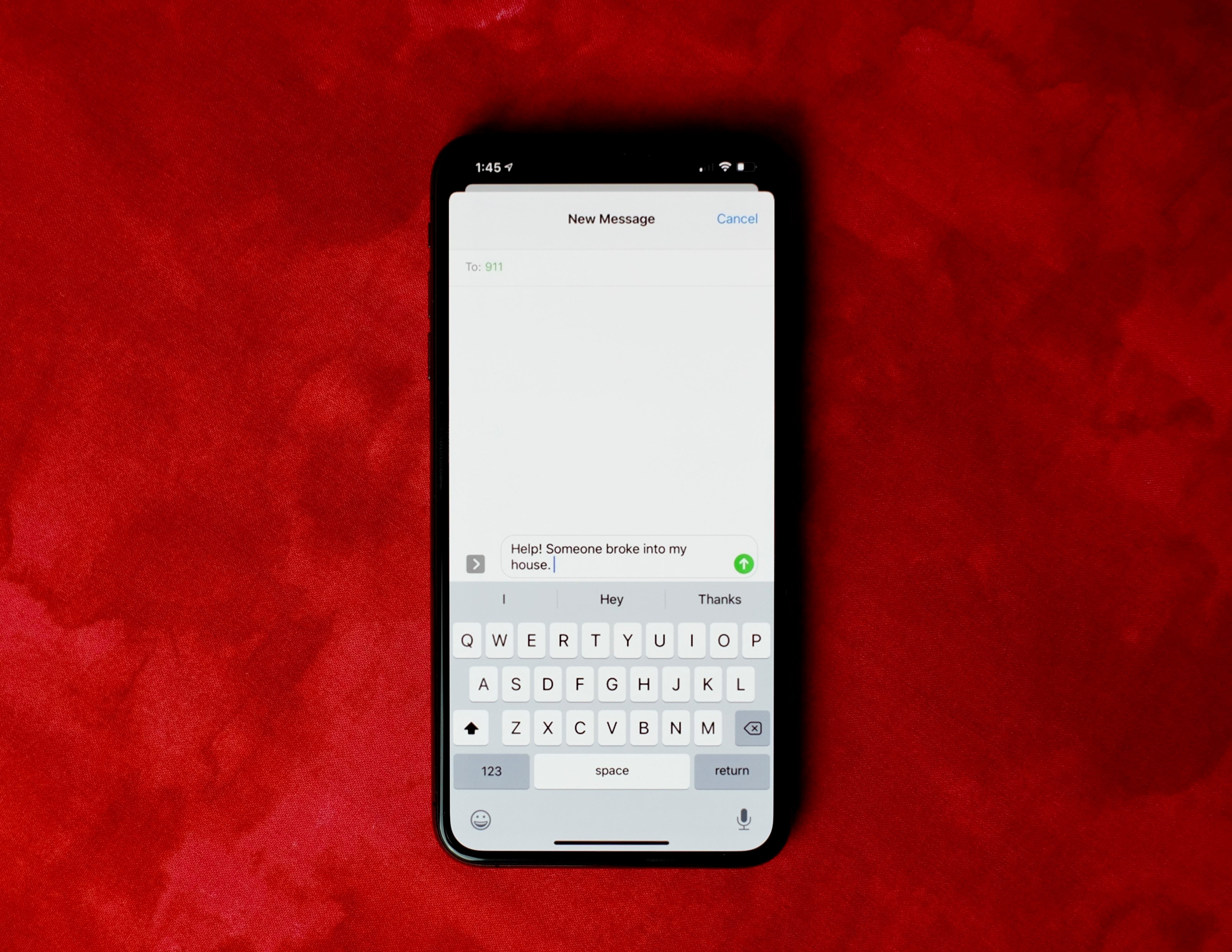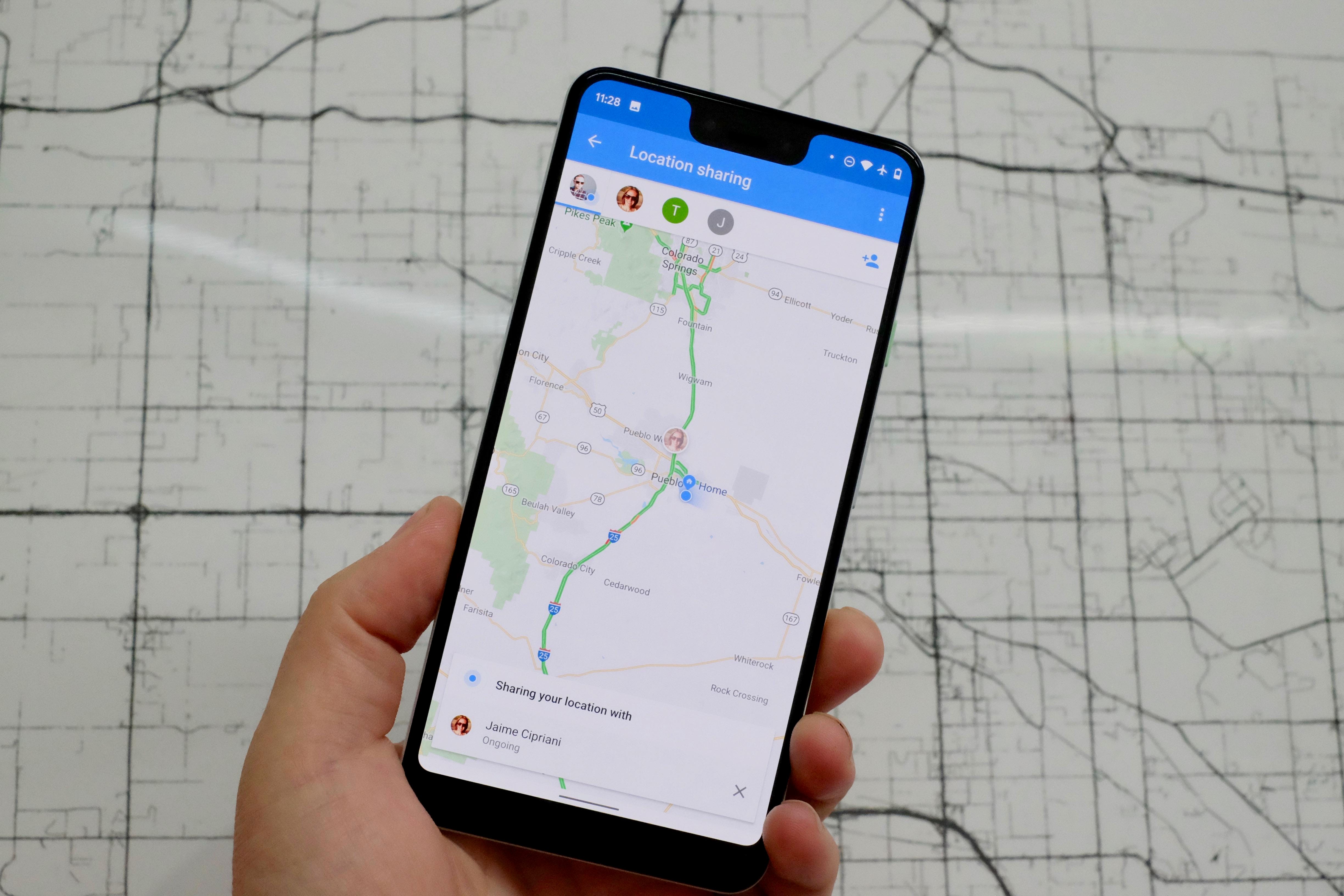
Your phone is a vital and potentially life-saving tool you most likely have with you at all times.
Angela Lang/CNETOur phones are the center of our social lives, but they could also help save lives in a natural disaster or other emergency. Should you wind up stranded on the side of the road, trapped inside your home or faced with an intruder that makes it impossible to dial 911, the Android phone or iPhone in your hand is a potentially life-saving tool.
In 2019, a young man’s life was saved after he began having an asthma attack and dialed 911 from his Android phone. Despite his not being able to communicate with the operator, his location was sent to the call center and help arrived in time. In 2017, a 4-year-old saved his mom’s life just by asking Siri to call for help. And phony calls to order pizza can help victims of domestic violence alert the police.
These extreme examples underscore the role that phones can play in preventing loss of life when situations spin out of control. Now that wildfire season and hurricane season are here, it’s even more important to prepare for the unexpected. Police departments and first responders also realize our phones are a vital tool during emergency situations.
We talked to the Pueblo County Sheriff’s Office in Colorado for advice and tips about the many ways a phone can literally be your lifeline.
Read more: Emergency prep: 3 tips to recover important documents after a natural disaster
Natural disasters
Wildfires, floods, earthquakes and hurricanes can devastate buildings and critical utilities in just a few minutes. The damage can last for days and weeks, taking down electrical grids and cell towers in the process.
Whether it’s an unexpected event or one you’ve had time to prepare for, here are some tips on getting help:
- Send text messages instead of trying to place phone calls: Between damage to cell towers and power lines, and the strain that will be put on the network as first responders focus on an area, getting a phone call to go through is going to be hit or miss. Text messages, however, require far fewer network resources and have a better chance of going through.
- Apps and services for natural disasters: From hurricane monitoring to reuniting you with friends and family members, there’s an app to help you with just about any natural disaster.
- SOS apps: The Apple App Store and Google Play Store have a wide range of options that use your phone’s camera flash signal to send an SOS in Morse Code, like the free Flashlight & More Utility for iPhone and Super-Bright LED Flashlight for Android.


Storms can take out electrical grids and cell towers in just a few seconds.
Ricky Arnold/NASAStranded in the wilderness
To conserve your phone’s battery as much as possible, disable apps and services that won’t find you help, like Wi-Fi and Bluetooth. When there’s no cellular coverage, airplane mode will keep your phone from constantly searching for signal, which saves precious battery reserves.
GPS works offline to find you
- Importantly, you can still use your phone’s GPS functionality even when it’s in airplane mode.
- If you’re planning a hike, apps like GAIA GPS let you download an offline map of the area you’ll be in, and then use your phone’s GPS to locate yourself. I’ve tested the app on an iPhone XS Max and Pixel 3 XL and at times it took 30 seconds or so to locate me, but ultimately it worked just fine without cellular coverage.


In the wilderness, take plenty of precautions.
Picture AllianceFind out facts about edible plants
Unless you know a lot about plants, odds are you’re not going to know what’s safe to eat if you’re in dire need of nutrition. You have a few options:
- Download the Wikipedia app and save the poisonous plants Wiki for offline viewing. It’s not the best solution, but the list has photos and brief descriptions of plants that could cause harm.
- On Android phones, Google Lens can help identify unknown plants if you’re in an area with wireless reception, but watch out for poisonous lookalikes — Lens is not a certified botany tool and should not be relied upon. We especially caution against consuming wild mushrooms or berries.
- However, an app like Lens can be helpful for general information, such as which part of a common plant is digestible — and internal links lead to more information. Note that Google Lens can drain your battery.
- Download a regionally specific app, e.g. “Colorado hiking and plants,” to provide more specific information about local plants.


Texting to 911 is an option to keep in mind.
Jason Cipriani/CNETBreak-in or active shooter
The first thing you need to do after you realize someone has broken into your house or there’s an active shooter nearby is to hide and turn off all sounds on your phone. Dim its lights or switch into dark mode. Android users can quickly mute their phone in the quick-settings panel, and iPhone users can use the mute switch.
Additionally, go into your phone’s settings app and disable all vibration, including keyboard and touch vibration — vibration can be audible, especially if the phone is resting on a surface.
Rely on text messaging to alert someone on the outside what’s going on. Ready.gov has more suggestions to help you prepare for an active shooter situation.
Depending on where you live, texting 911 may be an additional option. The FCC keeps an up-to-date spreadsheet of cities that support text-to-911. The list is updated once a month. I suggest searching the spreadsheet (Cmd+F on Mac, or Control+F on a PC) to find the city or county you’re in, or will be visiting, to see if they support text-to-911.
If you attempt to use text-to-911 and it’s not supported in your area, you will receive a message back letting you know no one received your message and you need to place a call. If it’s unsafe to do so, text trusted and responsive contacts so they can place a call on your behalf.


Your phone’s voice assistant can call for help, even if your phone is on the other side of the room.
Sarah Tew/CNETWhen you can’t physically call for help
- iPhone users can say, “Hey, Siri, call 911,” while Android users should be able to say, “OK, Google, call 911.”
- Make sure you have Hey Siri enabled on your iPhone by going to Settings > Siri > Listen for Hey Siri. If you use Android, long-press on the home button to bring up Google Assistant and say, “Set up Voice Match.”
- If you’re home and have an Amazon Echo nearby as well as an Echo Connect, which allows your Echo to make phone calls for you, you can use Alexa to call 911.
- An Apple Watch Series 4 or newer device lets you set up built-in fall detection that will call for help when it detects a fall and the wearer is unresponsive.


Share your location with only those who you completely trust.
Jason Cipriani/CNETOther ways to be prepared: Shared location, emergency contacts, battery packs
- Consider sharing your location with trusted emergency contacts. For an iPhone, use the built-in Find My app. On Android, use this Google Maps location-sharing feature. The third-party Glympse app will do the same.
- Set up emergency contacts and medical info. On the iPhone, use the Health app. On an Android phone, consider adding your own name or medical details as a contact, or download an SOS emergency app. On the Pixel 4, use the built-in Personal Safety app.
- If you’re lost, emergency services can use nearby cellular towers to triangulate your location, so keep a portable battery pack or power bank handy to charge your phone — store it in your backpack, car or other gear. Your phone will last longer when you turn off features that drain your battery.





































